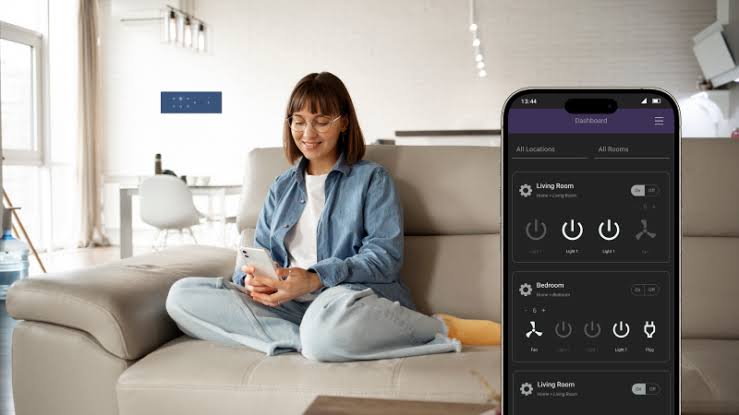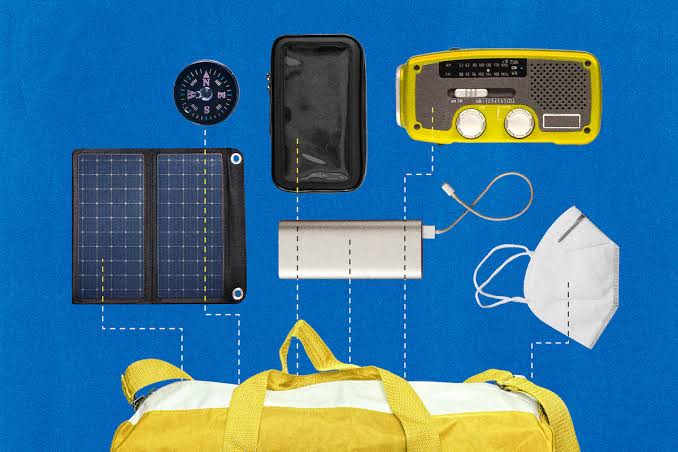Smart gadgets have become integral to modern work environments, offering tools and technologies that improve efficiency, communication, and workflow management. In an age where businesses strive to achieve more in less time, integrating these devices into office productivity systems has transformed how teams operate. From streamlining daily tasks to creating smarter communication channels, smart gadgets are no longer optional—they are essential.
Streamlined Communication and Collaboration
One of the most significant ways smart gadgets improve productivity is by enhancing communication between employees. Devices such as smart conferencing systems, wireless headsets, and AI-powered virtual assistants enable quick and efficient interactions.
For example, smart video conferencing tools with high-definition cameras and noise-cancelling microphones provide clear, uninterrupted virtual meetings. These gadgets integrate with platforms like Microsoft Teams or Zoom, allowing remote teams to collaborate seamlessly without delays caused by technical issues.
Smart collaboration boards and interactive displays also allow teams to brainstorm, annotate, and share content in real time, making group discussions more productive even when team members are in different locations.
Automation of Repetitive Tasks
Smart gadgets help automate repetitive and time-consuming activities, freeing employees to focus on more strategic work. Smart printers can automatically reorder ink or paper when supplies are low, reducing downtime.
Voice-activated assistants like Amazon Echo for Business or Google Nest Hub can schedule meetings, send reminders, and even pull up data reports on command. By reducing manual administrative work, these devices give employees more time for creative and analytical tasks.
Improved Organization and Workflow Management
Productivity often depends on how well tasks are organized. Smart gadgets such as digital planners, connected calendars, and task-tracking apps keep everyone aligned with deadlines and priorities.
For instance, smart displays can show real-time project updates, meeting schedules, and performance dashboards, allowing employees to stay informed without constant email checking. These tools integrate with project management software to keep workflows transparent and accessible.
Enhanced Focus and Reduced Distractions
In busy office settings, distractions can easily derail productivity. Smart noise-cancelling headphones allow employees to create quiet work zones, helping them maintain concentration even in open-plan offices.
Smart lighting systems can also adjust brightness and color temperature throughout the day, supporting focus and reducing eye strain. These environmental adjustments help create a workspace that supports productivity and comfort.
Data-Driven Insights for Better Decision-Making
Some smart gadgets go beyond convenience by offering valuable analytics. Smart sensors in office equipment can track usage patterns, enabling managers to optimize resources. For example, connected printers can provide data on paper consumption, while smart meeting room systems can show how often spaces are booked or underused.
This data helps businesses make informed decisions on space utilization, budgeting, and equipment upgrades, ultimately improving operational efficiency.
Seamless Integration with Cloud Systems
Modern offices rely heavily on cloud-based software, and smart gadgets are designed to integrate effortlessly with these platforms. Devices like smart scanners and document cameras can upload files directly to cloud storage, eliminating the need for manual transfers.
This integration not only saves time but also ensures that important files are accessible from anywhere, supporting remote and hybrid work models.
Mobility and Remote Productivity
Portable smart gadgets such as wireless projectors, compact printers, and mobile Wi-Fi hotspots empower employees to remain productive outside the office. These tools make it easier for field workers, remote employees, and traveling executives to maintain workflow continuity without being tied to a single location.
For instance, a salesperson can give a professional presentation directly from a smartphone via a portable projector, while cloud-connected gadgets ensure immediate access to updated documents.
Security and Access Control
Smart office gadgets also contribute to security, an essential component of productivity. Devices such as biometric access systems, smart locks, and encrypted storage drives protect sensitive information and restrict unauthorized entry.
This enhanced security means employees can work without worrying about breaches, fostering a safer and more focused work environment.
Energy Efficiency and Cost Savings
Smart energy management systems can control heating, cooling, and lighting based on occupancy and time of day. These adjustments not only reduce energy bills but also create a more comfortable workspace that supports productivity.
For example, a smart thermostat can learn employee schedules and adjust temperatures accordingly, ensuring the office is always comfortable during working hours without wasting energy after hours.
Conclusion
Smart gadgets have redefined what productivity means in the modern office. By enhancing communication, automating routine tasks, supporting organization, and offering valuable data insights, these tools create a more efficient and flexible work environment. As technology continues to advance, the integration of smart gadgets into office productivity systems will only deepen, helping businesses achieve higher performance with fewer resources.



